The Micalet and the Santa Catalina
At either end of the Plaza de la Reina, you’ll find Valencia’s two most emblematic church towers. The Micalet, or “Little Michael,” is attached to the city cathedral, while the bell tower of the Santa Catalina church is at the end of Calle Paz. Both towers can be ascended; the ticket price is negligible, but the cost to your legs will be great.
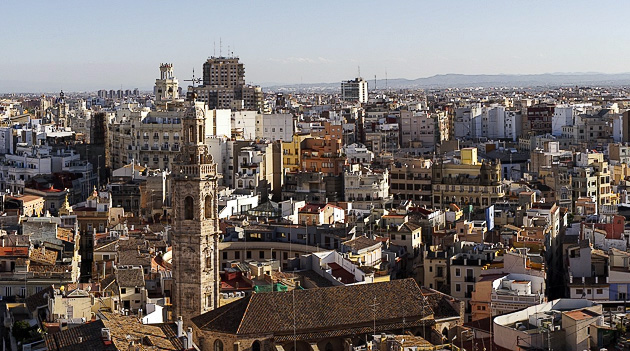
We’ll start with the Santa Catalina’s tower, which is the smaller of the two. This is among Valencia’s original Gothic churches, constructed atop a mosque shortly after the reconquista, in the 13th century. A spiral staircase of 129 steps (by my count) leads to the top of its baroque bell tower. From here, you’ll have an excellent view stretching over the top of the Plaza Redonda to the Mercado Central.
After checking out the view from the top of the bell tower, you might want a picture of the tower itself. If so, head down Calle La Paz. Built in 1869, this street was designed so that the bell tower would appear to crown its western end. La Paz is flanked by gorgeous 19th-century mansions, and the view down the street to the Santa Catalina is one of the most-frequently photographed in Valencia.
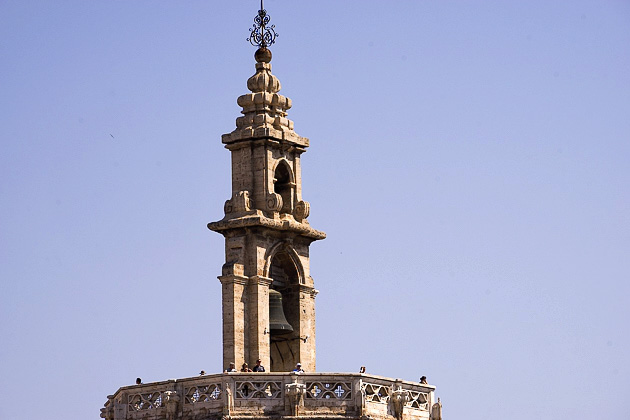
Now that your quads have been loosened up from the jaunt up the Santa Catalina, turn your eyes heavenward and shudder before the Micalet. Built in the 15th century in the Mediterranean Gothic style, this octagonal tower is 51 meters high, with 207 steps leading to its deck. It’s not an easy ascent, but is worth the effort: this is the best view in the city. From the top of the Micalet, you can see out to the Mediterranean and the Ciudad de las Artes y Ciencias. You’ll be able to spot the Mestalla, the Torres de Serranos and Quart, the Viveros Gardens and the BioParc.
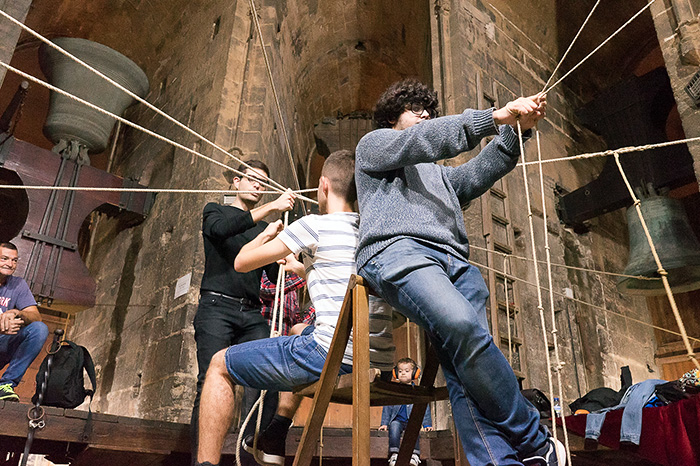
Time your trip to coincide with the top of the hour. The name “Micalet” actually refers not to the tower itself, but to the giant bell suspended atop it. When Little Michael strikes the hour, the ringing can be heard all around the old town… and should you be standing directly underneath, it’s deafening. While atop the tower, our favorite pastime is to pick out the people who clearly aren’t expecting it, and then watch them jump in terror at the sudden thunder-strike.
Locations on our Map: Santa Catalina | Torre del Micalet
Pictures of the Santa Catalina and its Bell Tower
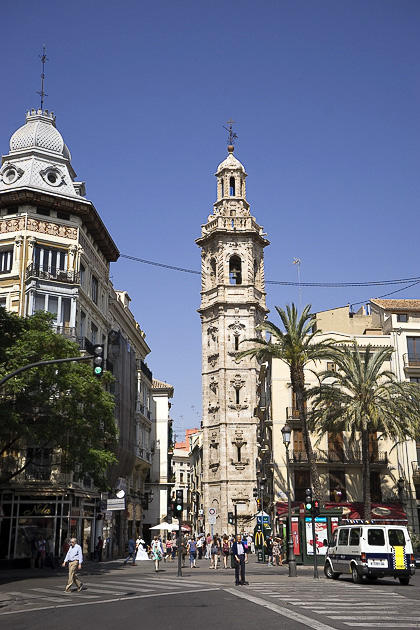
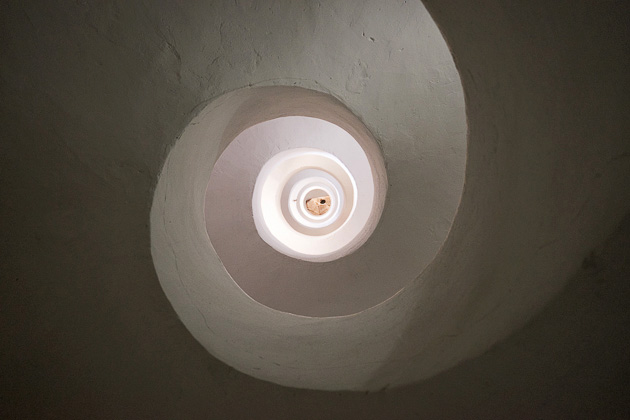

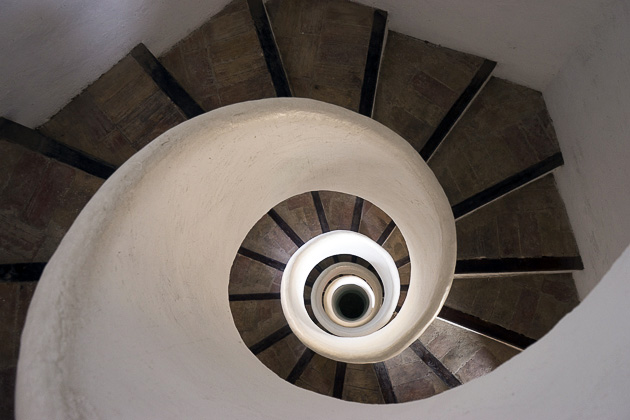
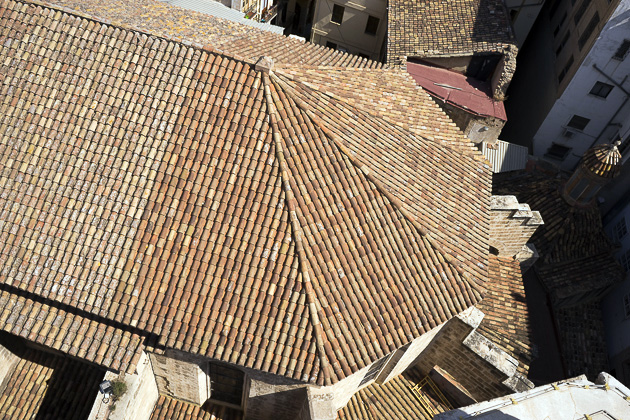
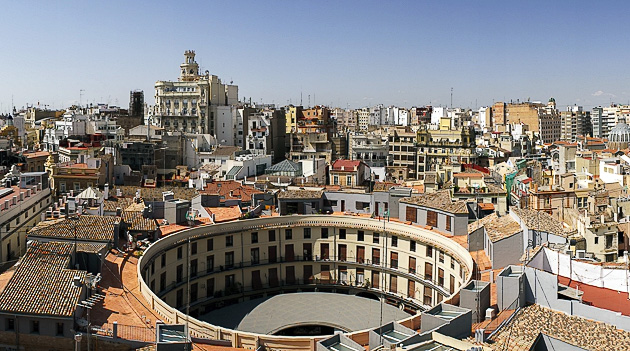
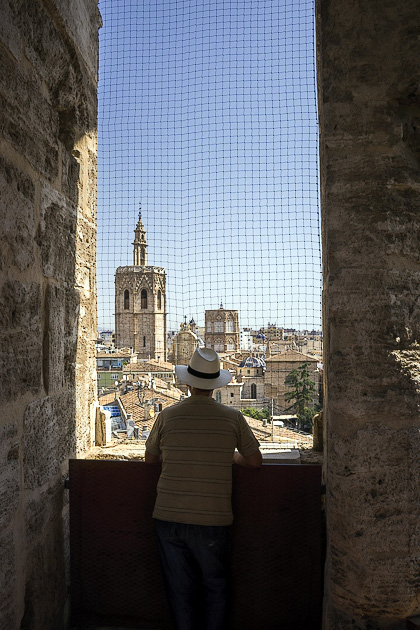
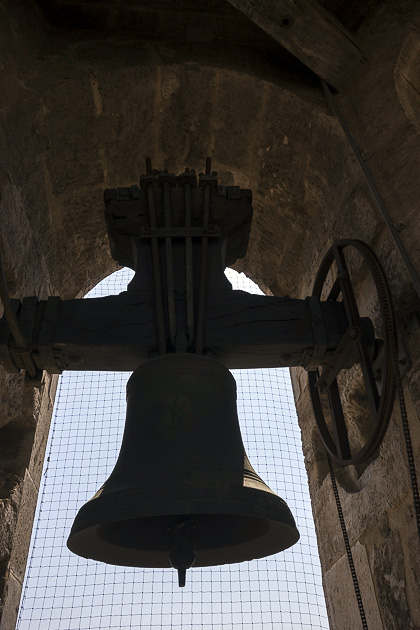
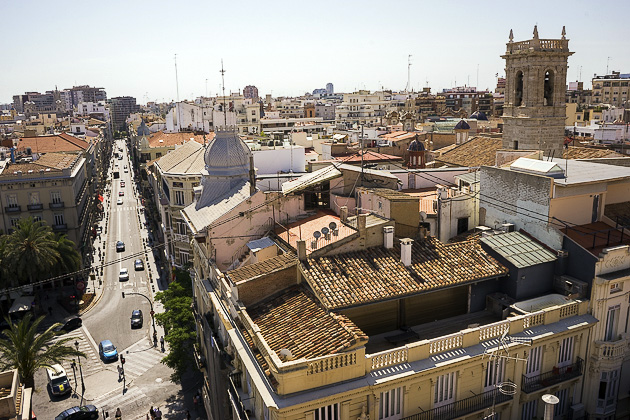
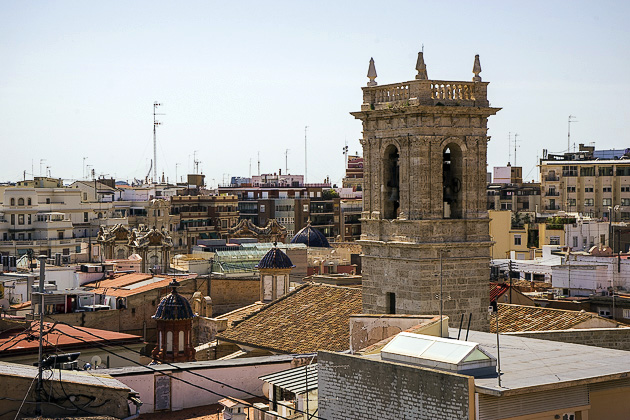
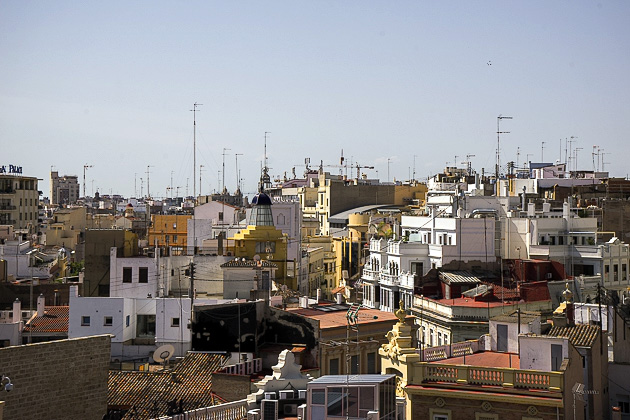
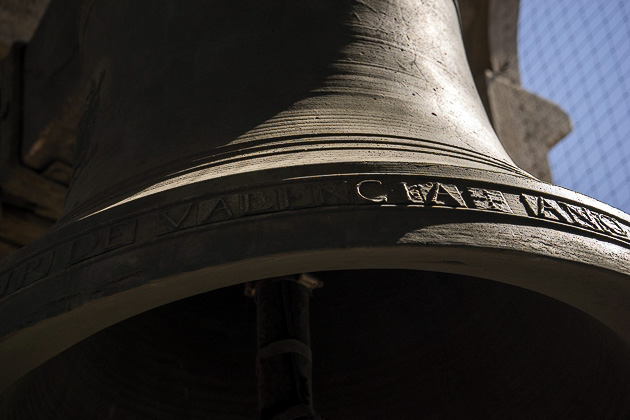
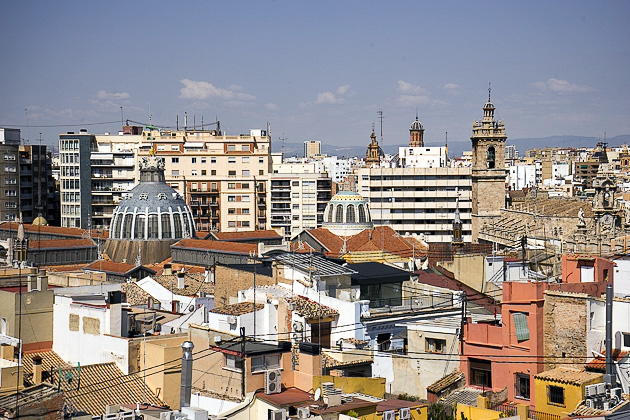

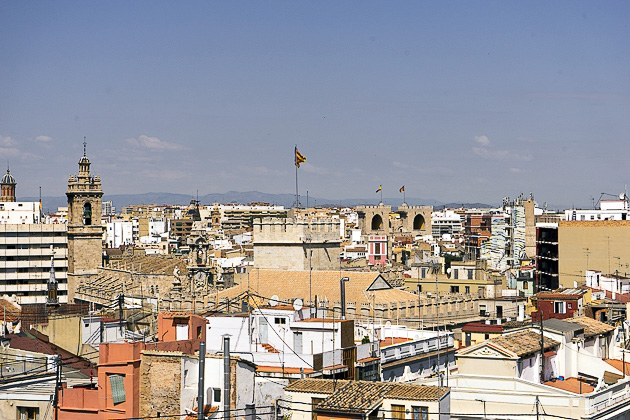
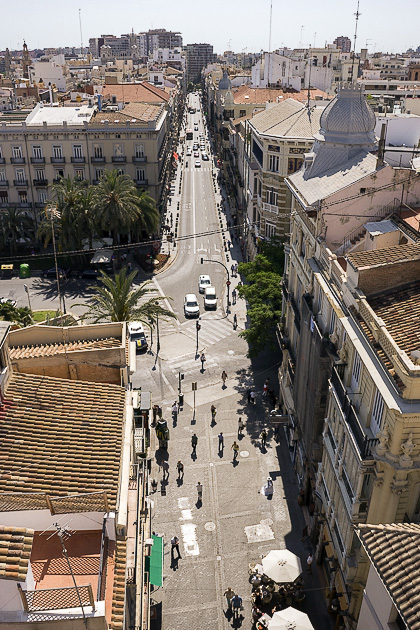
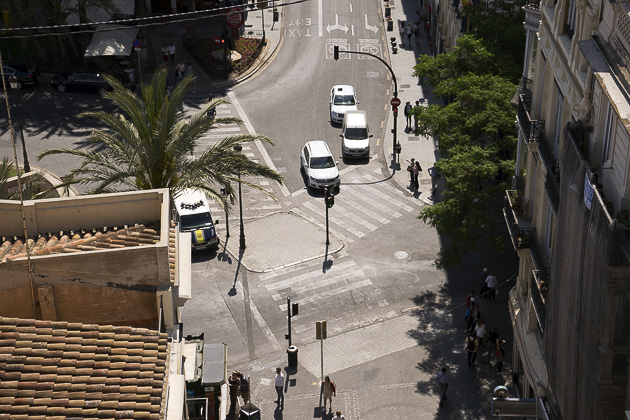
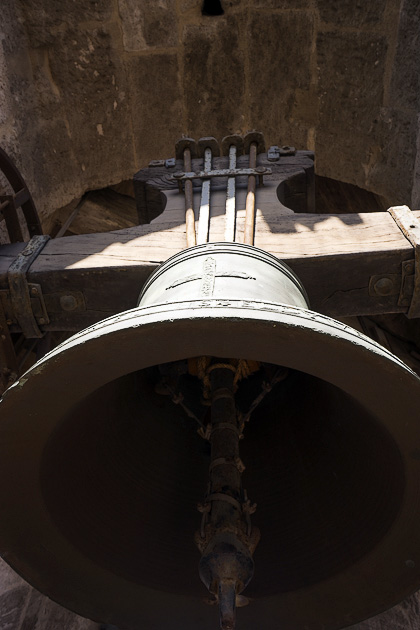

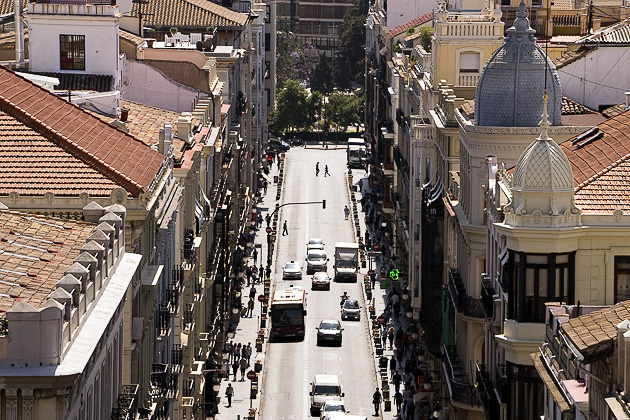
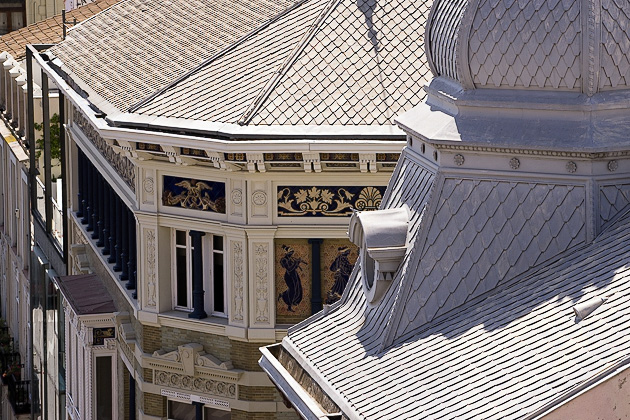
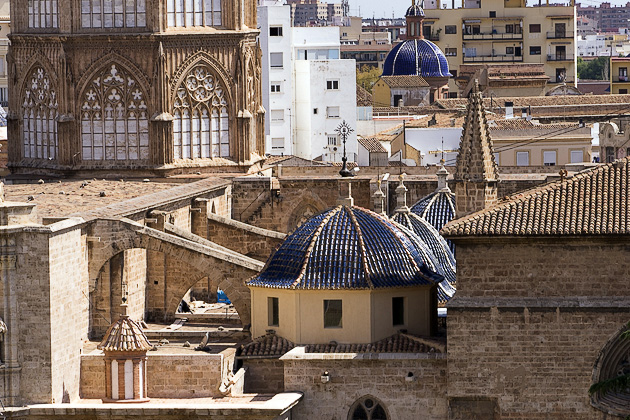
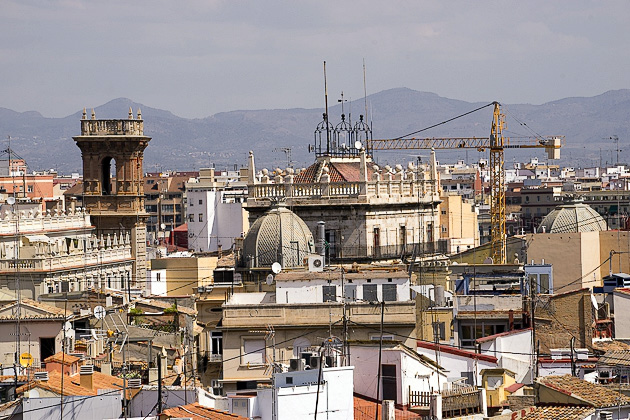
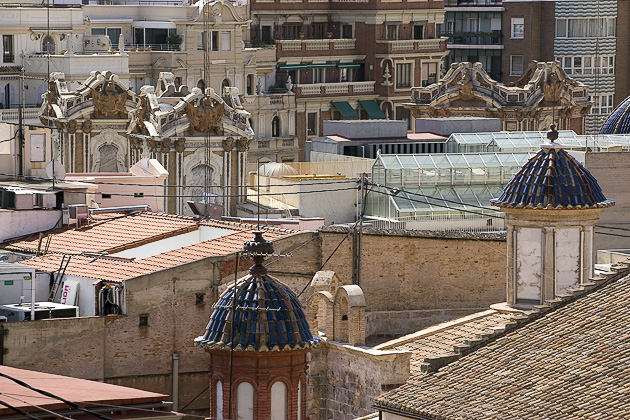


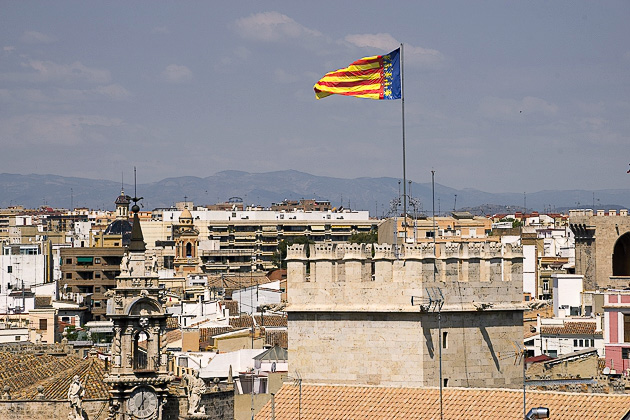
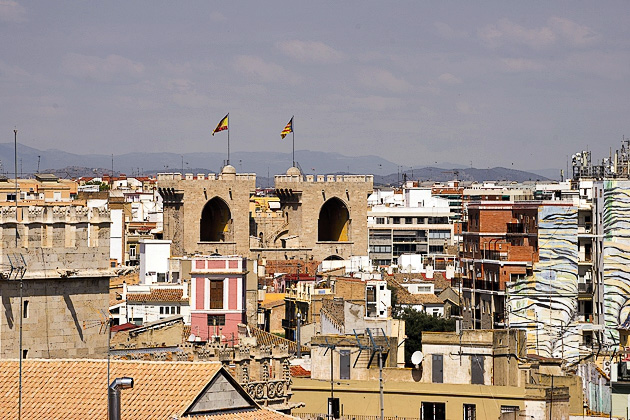
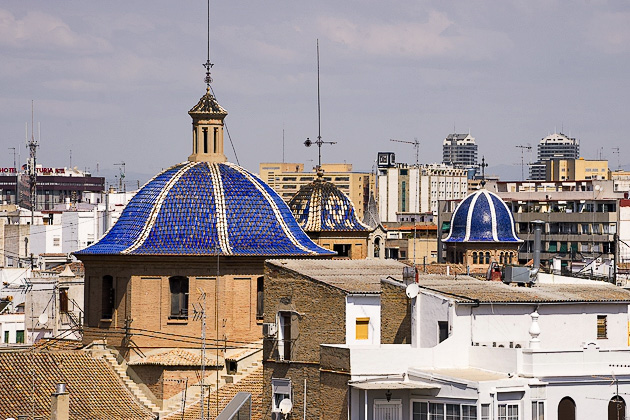
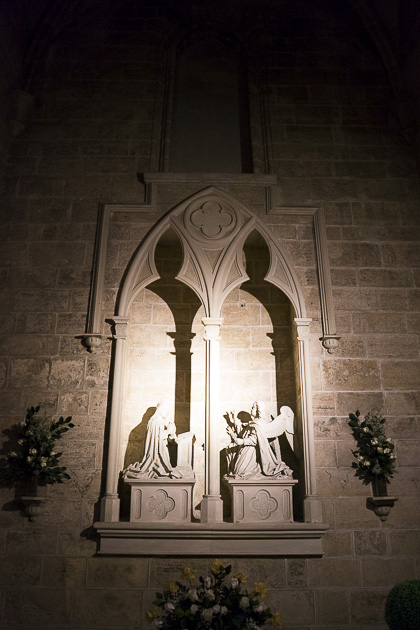
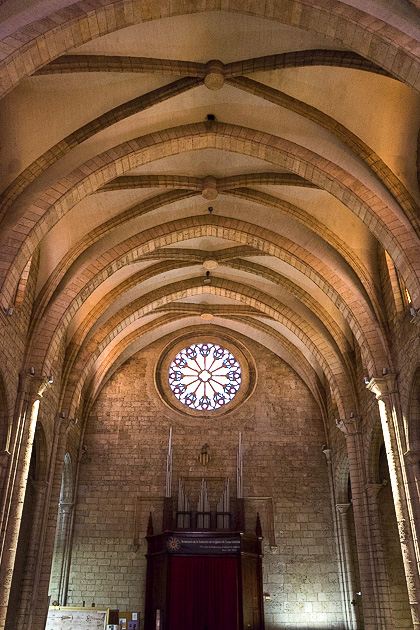
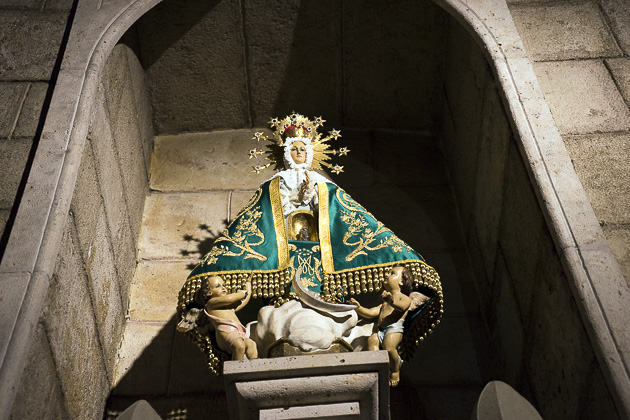
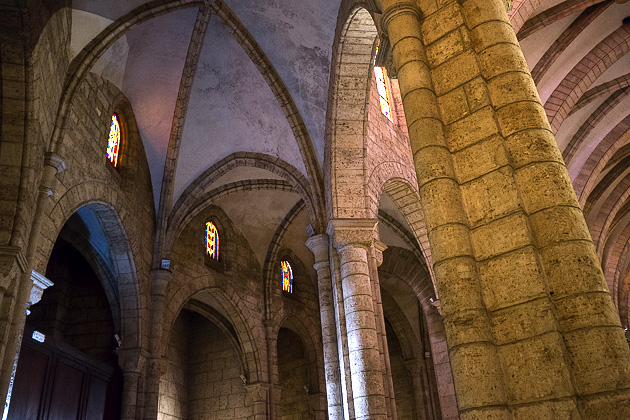
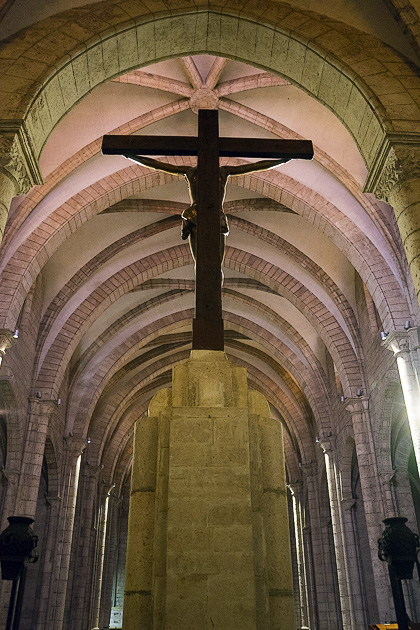
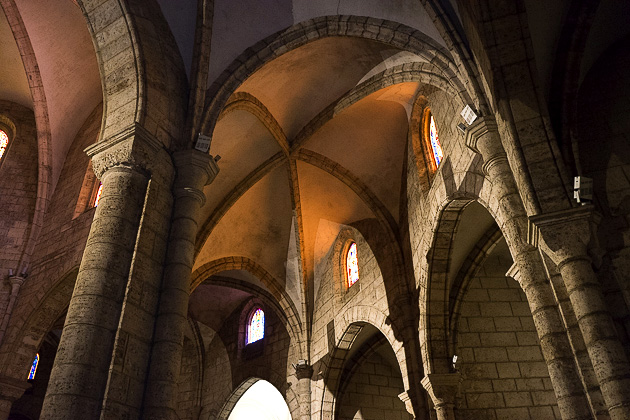
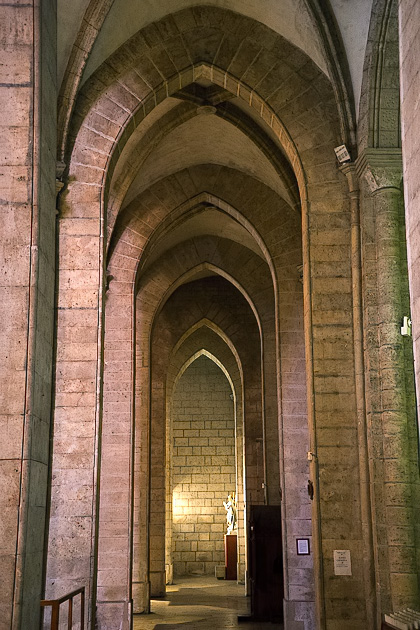
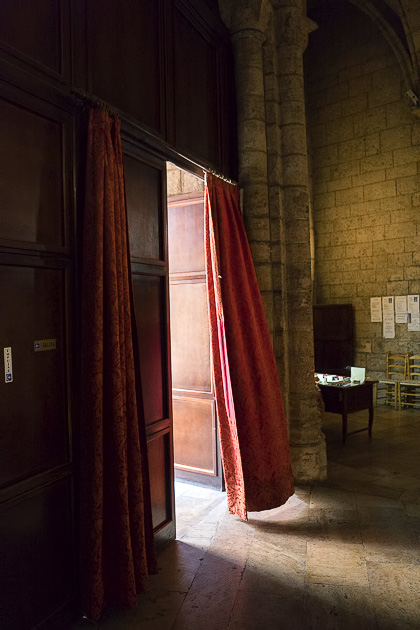
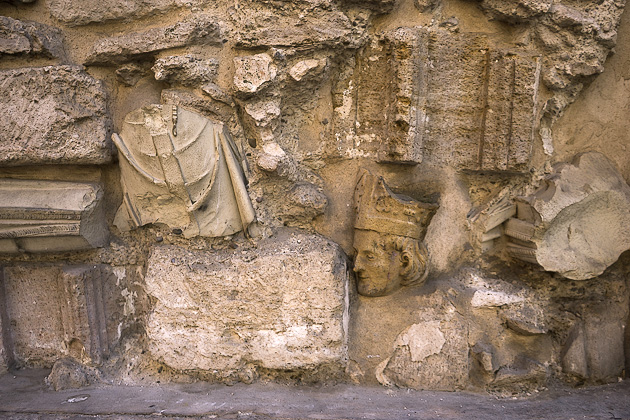
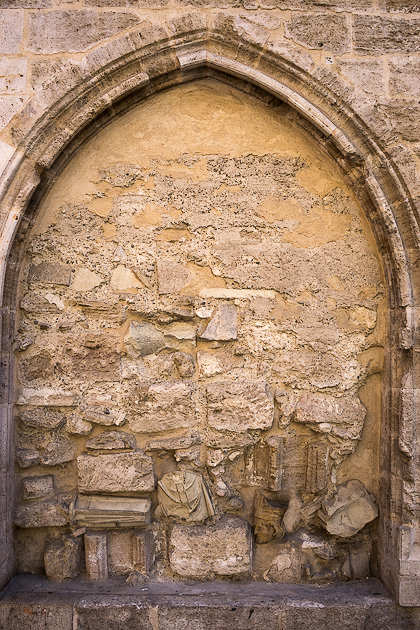
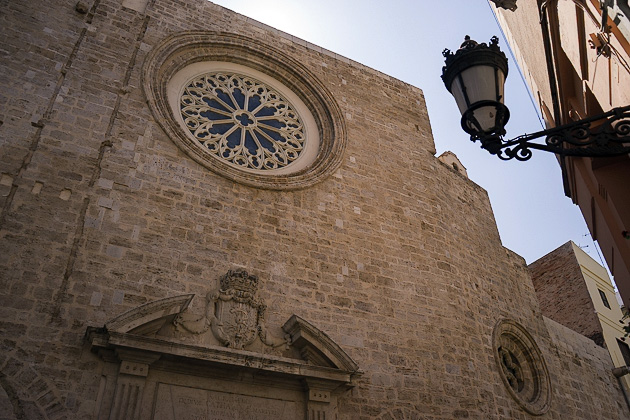
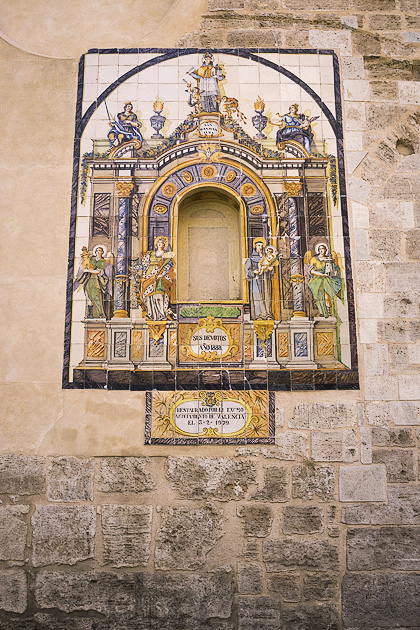
Pictures of and from the Micalet

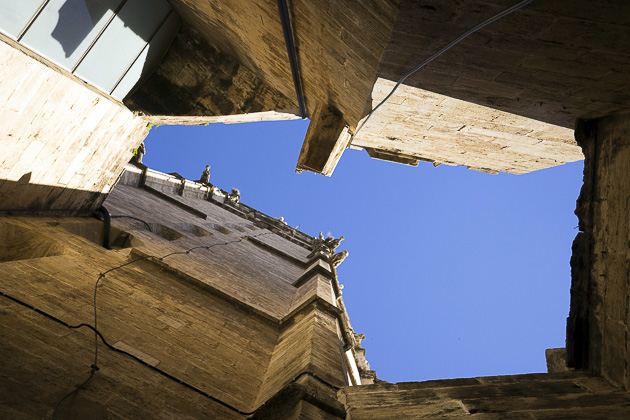
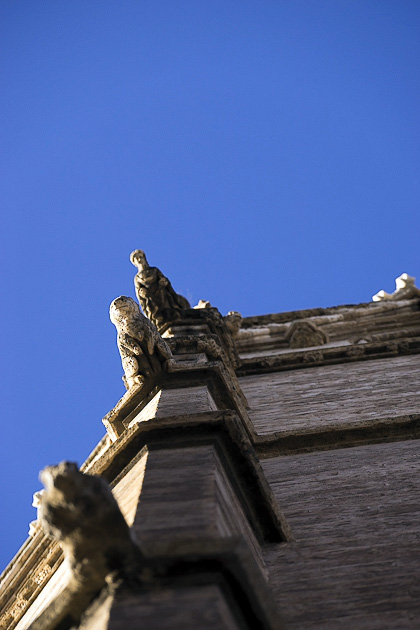
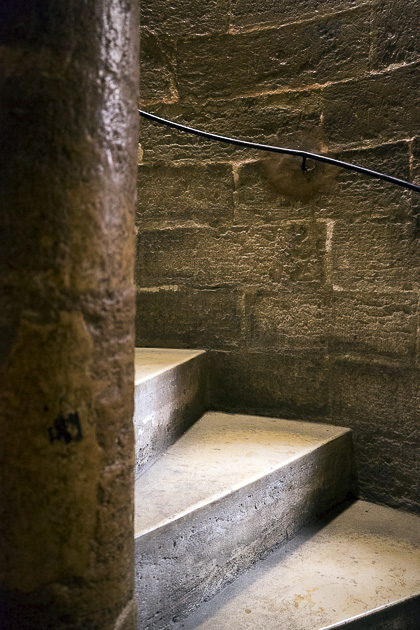
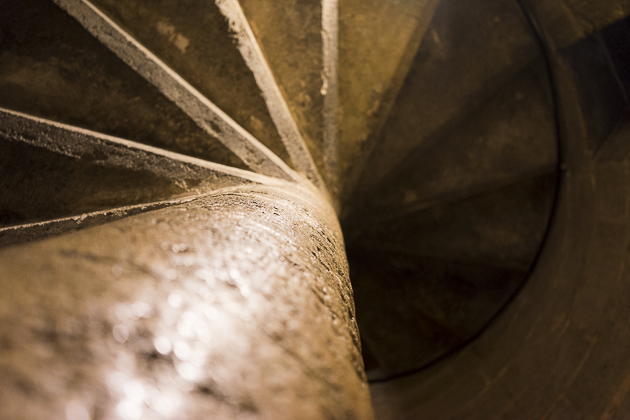
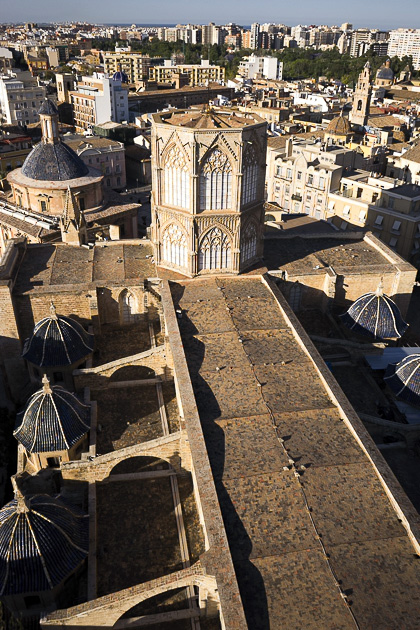
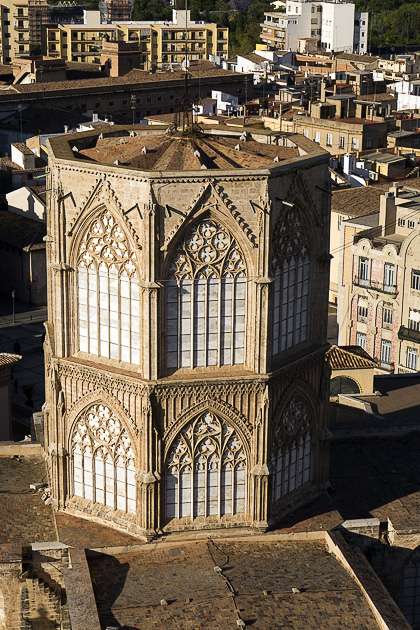
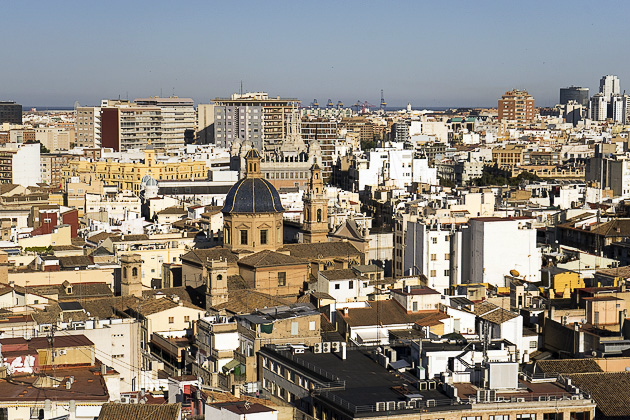
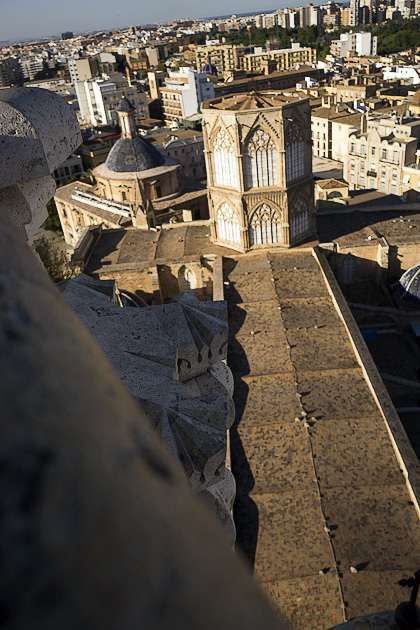
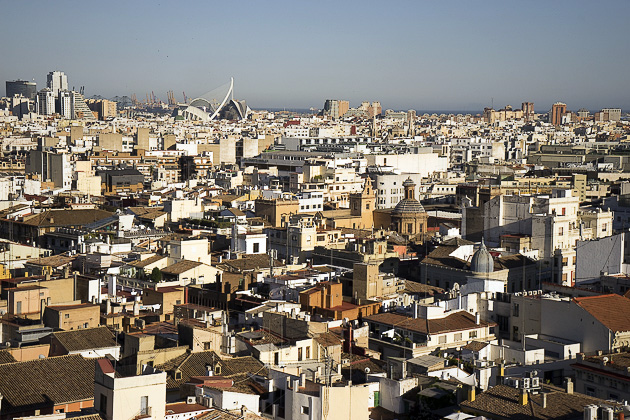
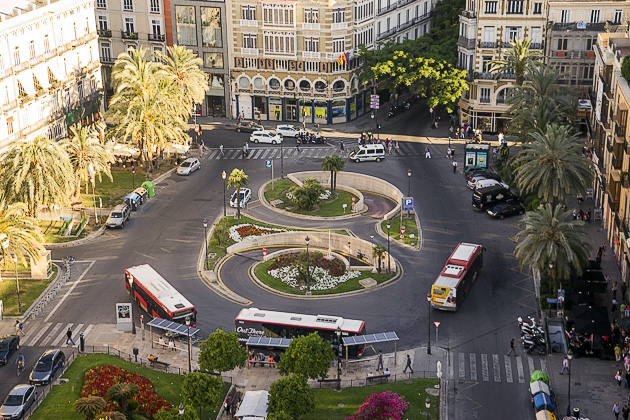
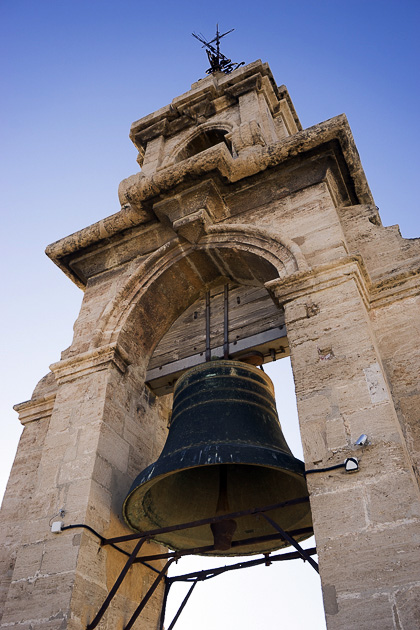
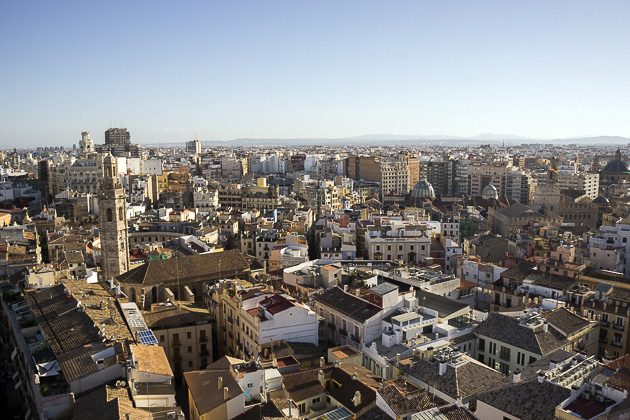
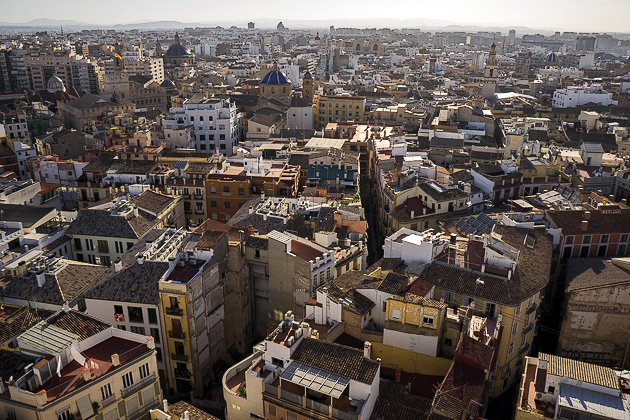
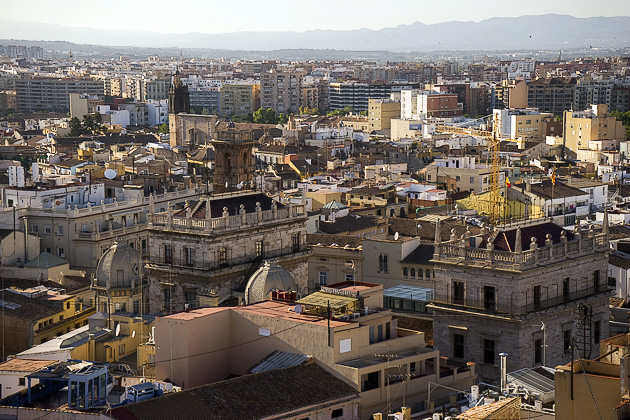
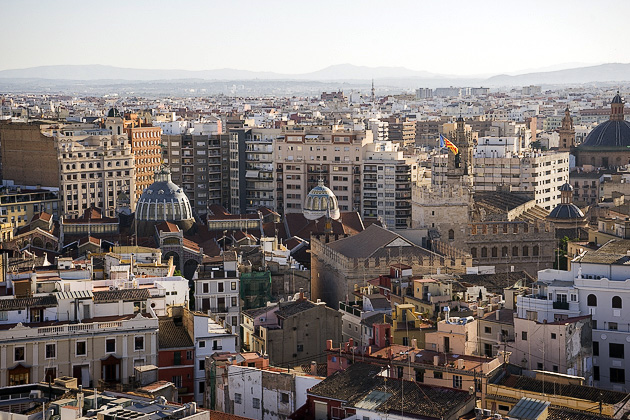
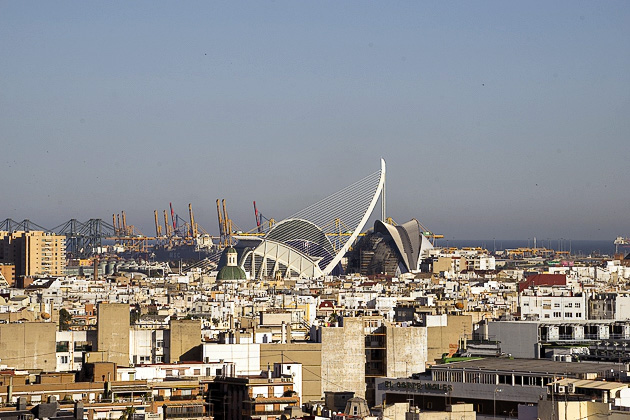
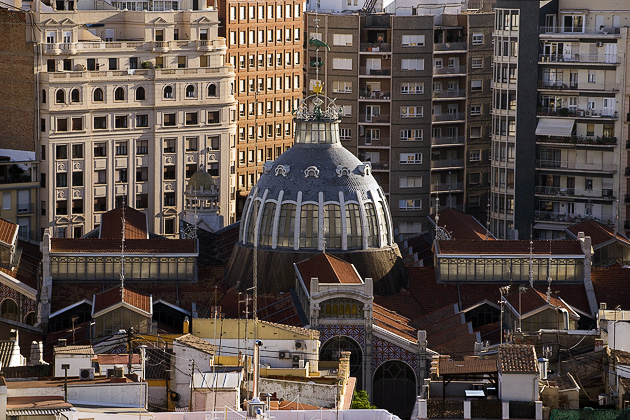
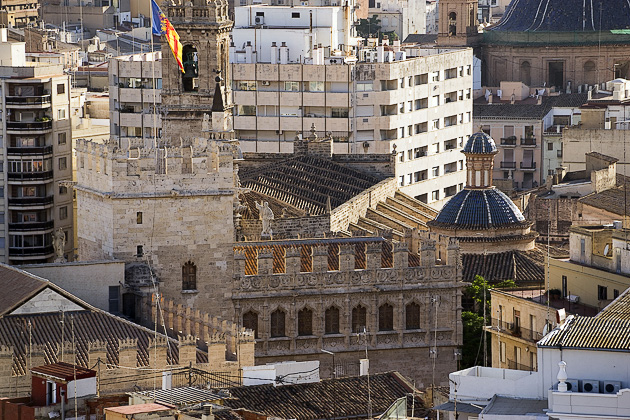
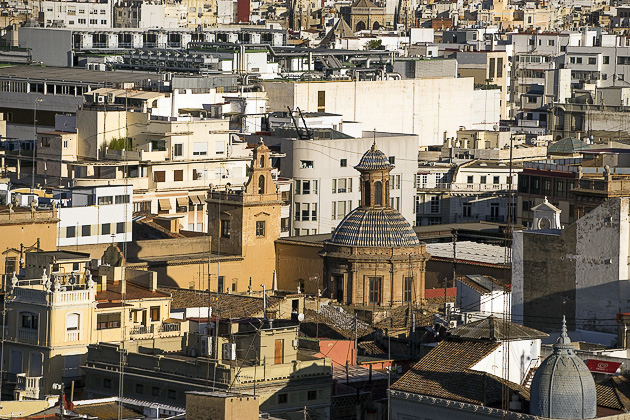
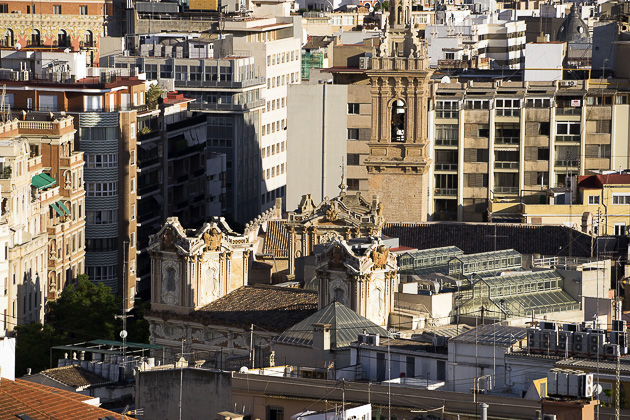
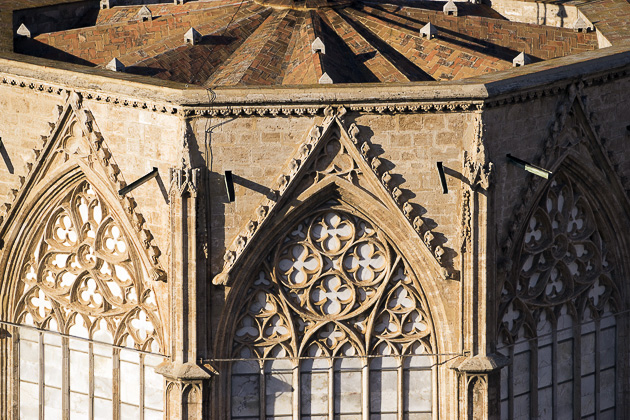
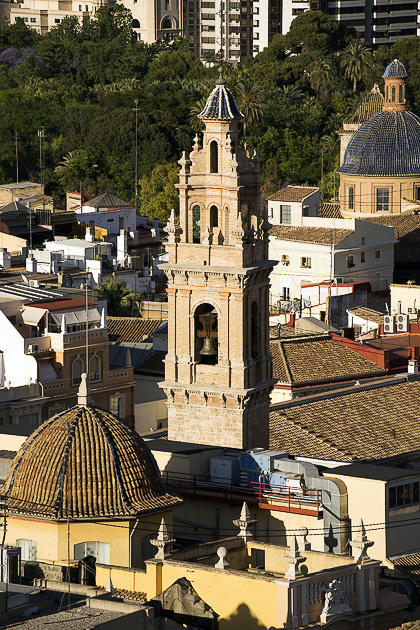
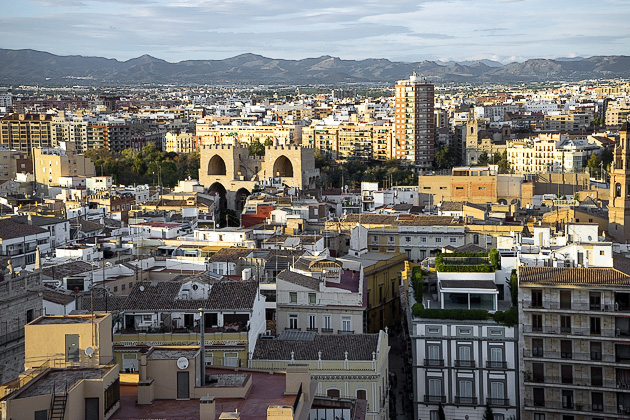
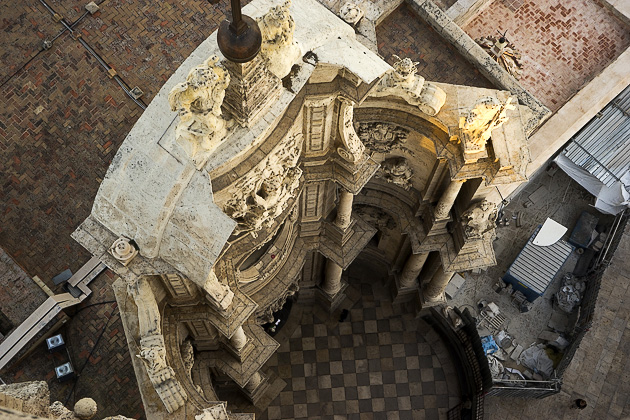
Micalet Bell Concert
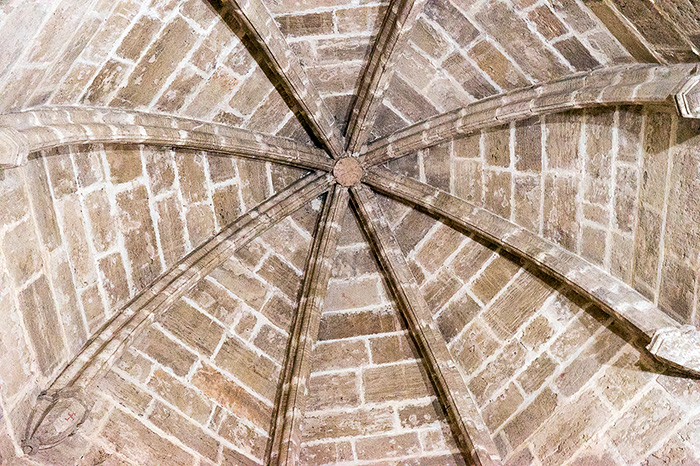
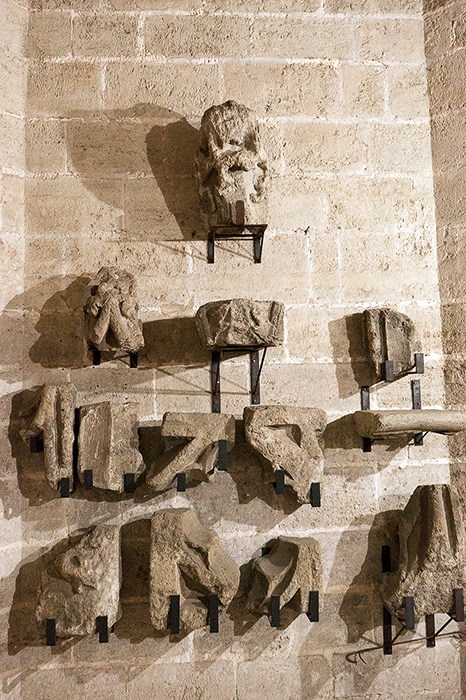
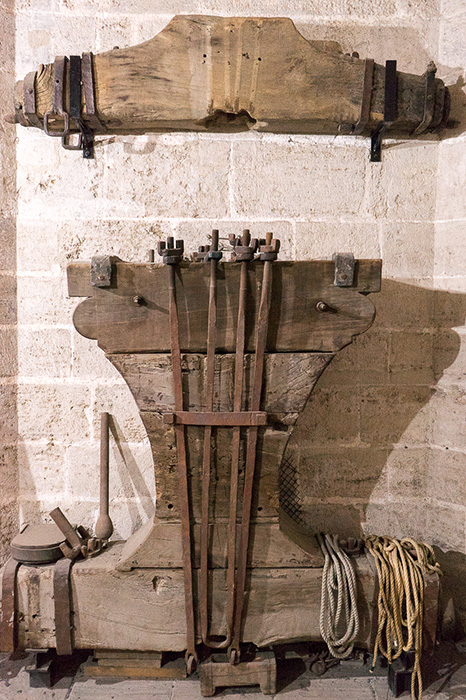
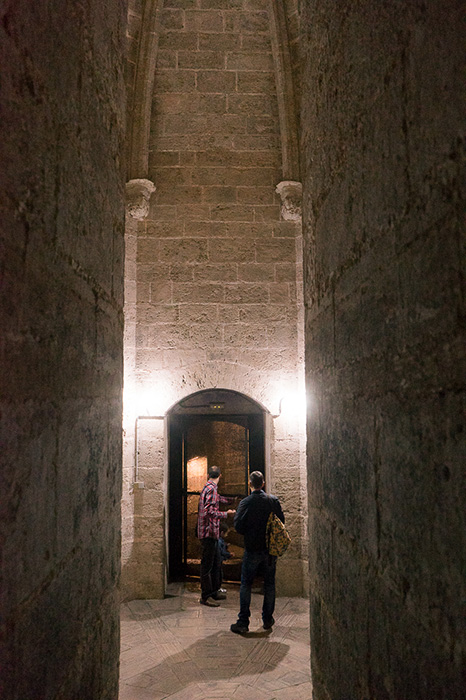
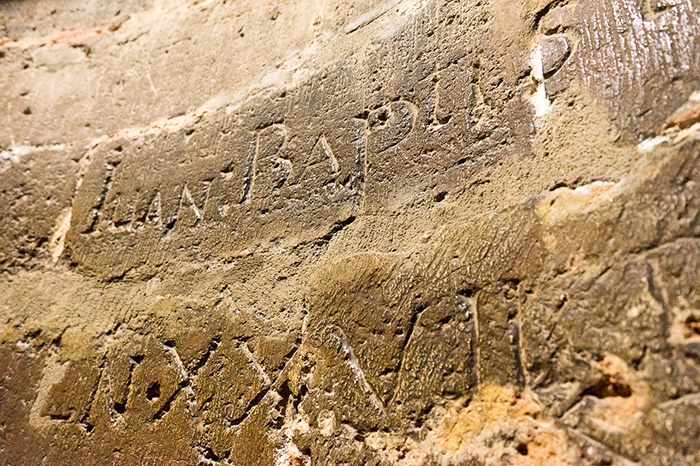
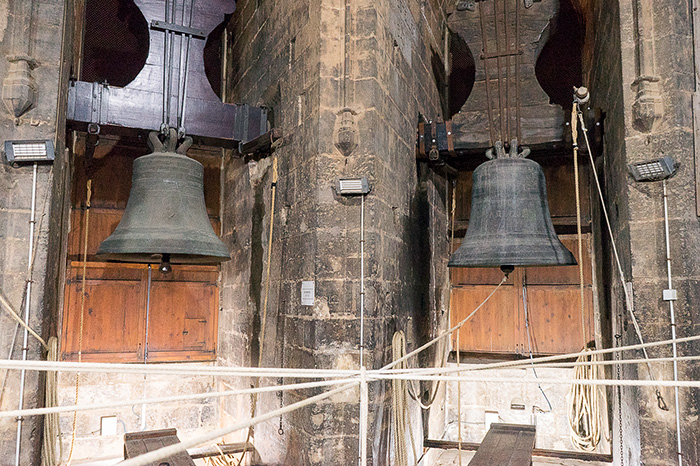
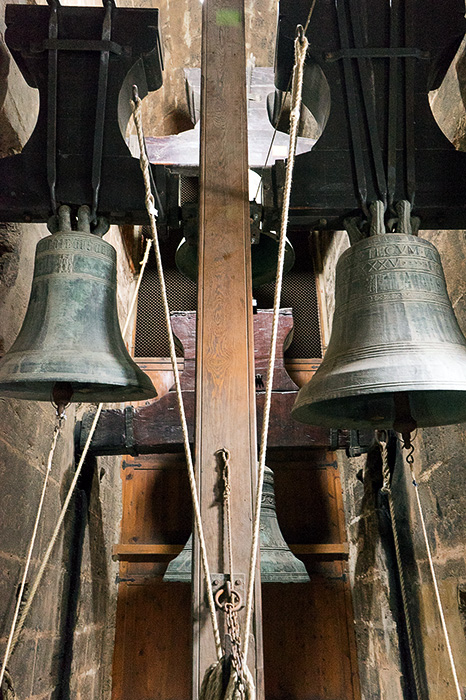
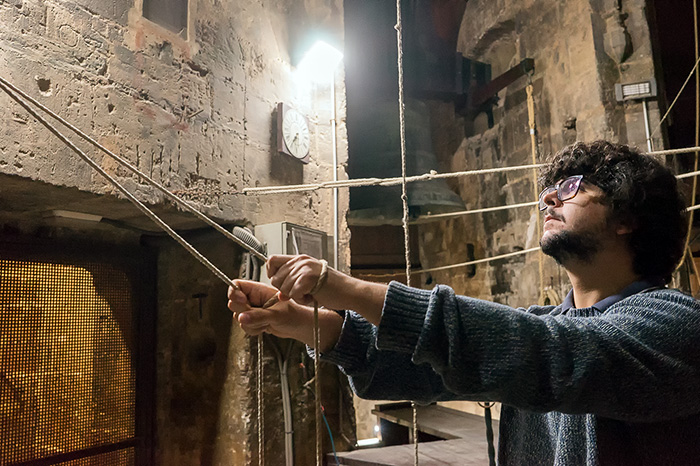
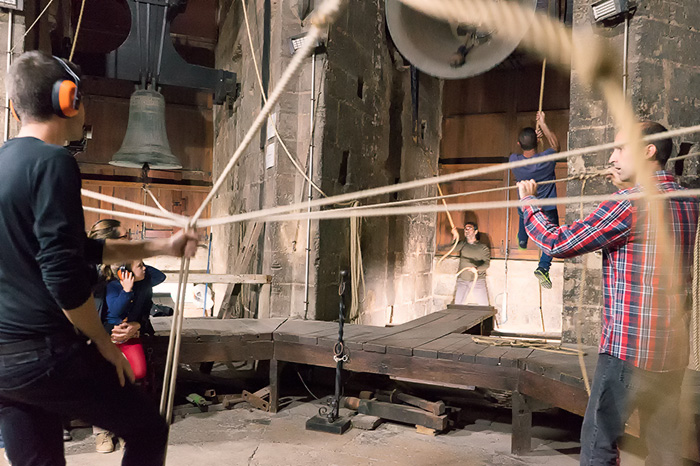
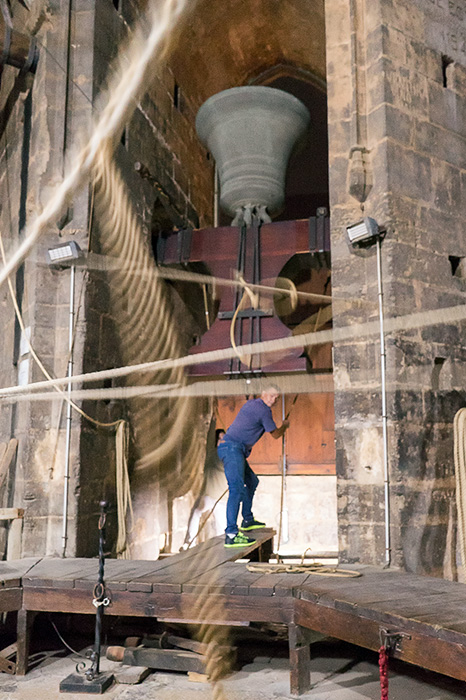
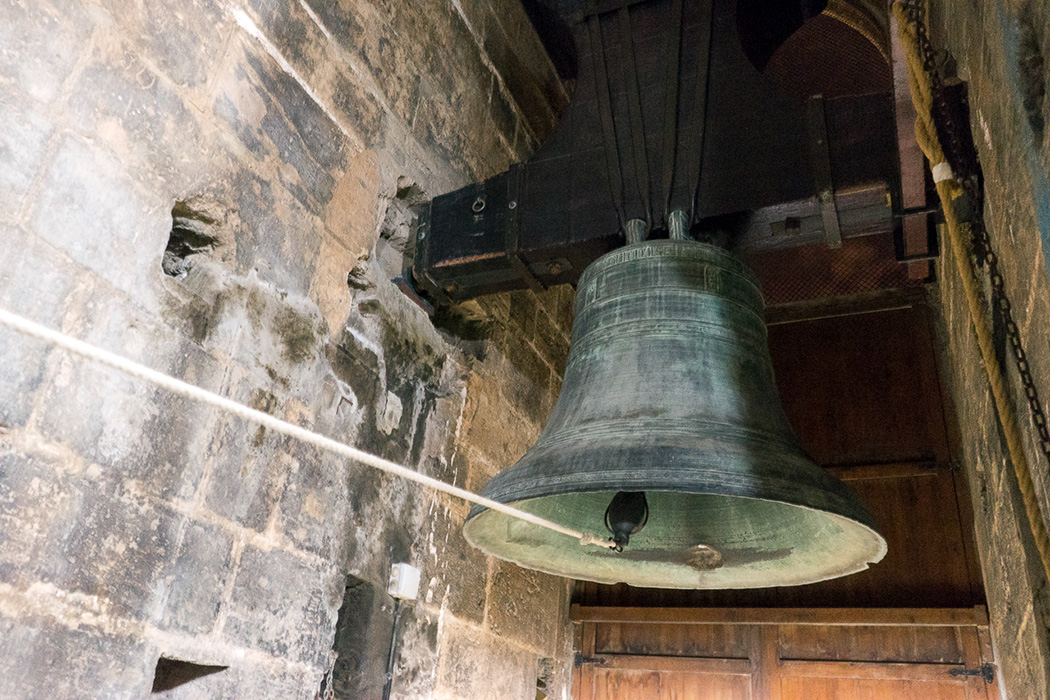
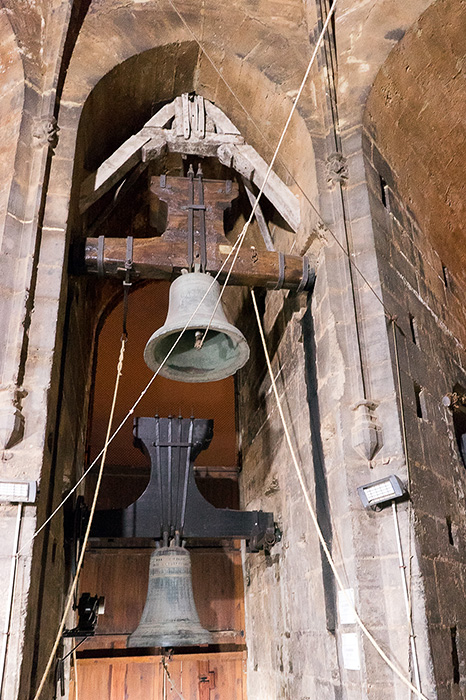
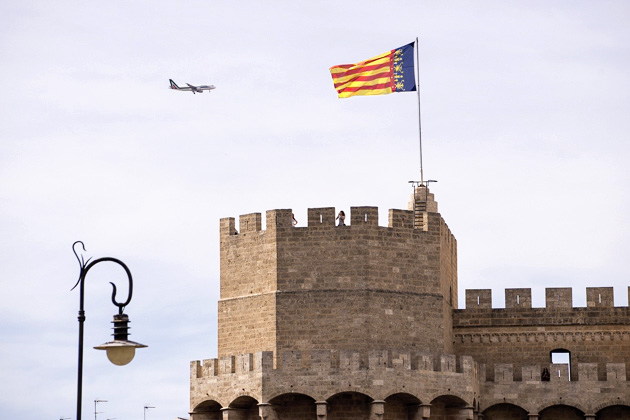
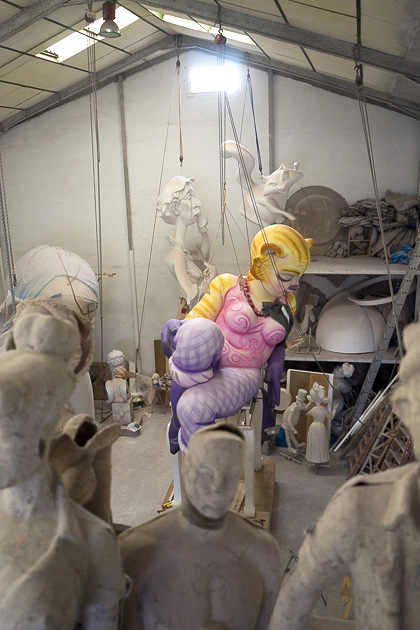
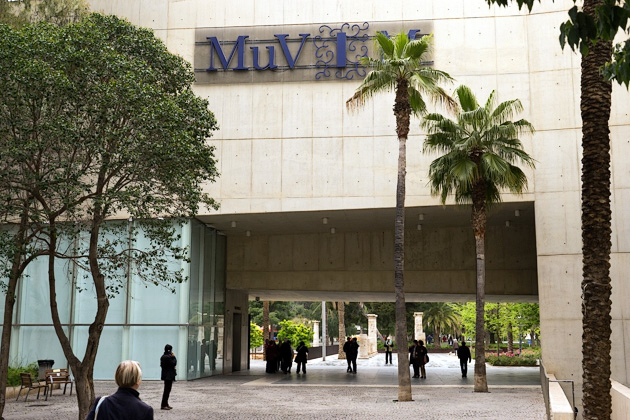

Brief history:
It was the year 1729 and the parishioners of the old parish of Santa Catalina, who considered the two bells insufficient, coming from the old belfry demolished and replaced by the current Baroque tower, started by the architect Juan Bautista Viñes, in the year 1688, they sought a smelter, for the construction of six new bells, according to the magnificence of the current tower, finding in the smelter Richard Phelps, of London, the quality and price sought for.
Characteristics of the major bell, LA CATALINA:
The largest one, dedicated to Santa Catalina, vulgarly called “La Charra”, for its inverted vase shape, weighing 38 quintals, equivalent to about 1,750 Kilos, , according to the chronicler Fray Tomás Güell. <Within the octave, each one has the sound to the point of solfa according to a good rule and it is recognizable in their harmony, when they all sound together, "commented the Master of the Chapel Cathedral, along with other musicians, his companions and companions of the Real Seminar College of the Corpus Christi.
These bells, called "LUTHERANS", by their origin, supposed an event in Valencia of the eighteenth century, moved on an English ship, from England to the port of Valencia and subsequently moved to the foot of the tower, in galleys, with banners and ornate with murta, pulled by eight mules, with silk ribbons and pennants on their heads, being celebrated with jubilation, not without rivalries from the parishioners of the neighboring churches, but in the end were considered as the best of Valencia.
Project of recovery of the bell: LA CATALINA:
This bell, was destroyed in 1.915, after its transfer to the new parish of San Agustin, administratively constituted in 1.902, but without laws at that time, that protected the patrimony, both movable and immovable, to be recast in three new bells of smaller size, according to the needs of the new temple it was destined.
The rest of the English bells were destroyed, between 1936, the ones moved to San Agustín, and 1967, the ones moved to San Martín.
In order to recover a replica of the greater bell of the Temple of Santa Catalina, due to its importance and historical interest, in a first phase and without renouncing the subsequent restitution of the rest that made up the whole, the MESTRES CAMPANERS association, together with the priest responsable for the aforementioned Church, DON FRANCISCO RUIZ, we asked the Valencians, both at a private level, as well as associations and foundations, for the necessary financial help, to value, this piece of Valencian art, which made us shudder and we wanted to feel that again, with its sound, to all that we enjoy, mainly in the historic center, with its return to the glorious past, which meant hearing them again.
Budget:
1,750 Kilos bell, musical note DO, 50,000 € approximately.
Yoke and accessories, € 10,000 approximately.
Thanks for the explanation
Pingback: Valencia COVID-19 - Our First Walk through the City After 48 Days
That was not a brief story.